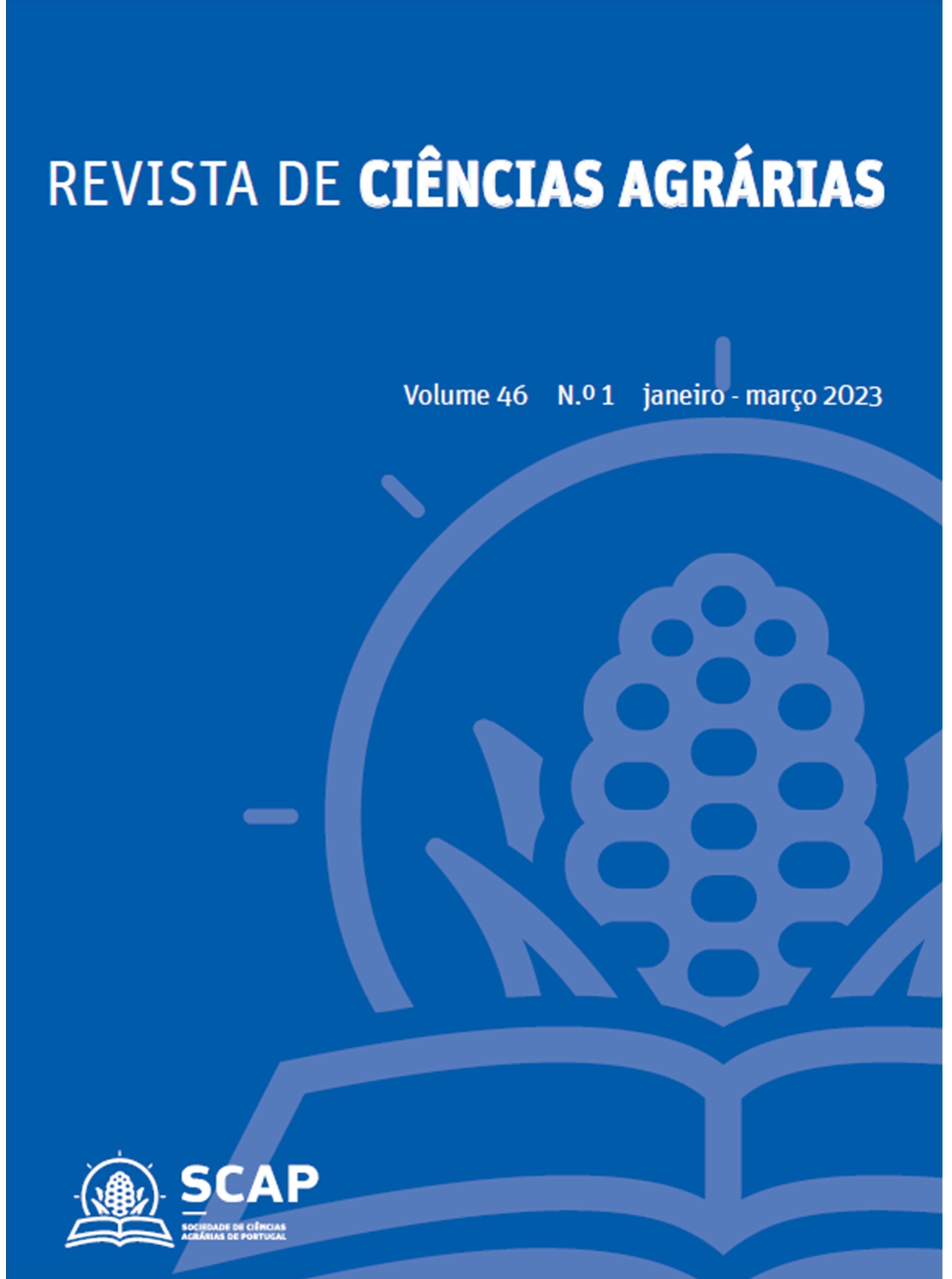Field trials with fungicides and nutrient solution in chestnut trees: incidence of rots and Gnomoniopsis smithogilvyi in post-harvest nuts
DOI:
https://doi.org/10.19084/rca.27620Abstract
Gnomoniopsis smithogilvyi is the main agent of chestnut brown rot in post-harvest nuts, a threat to the sustainability in the European market. With the objective of reducing the infection levels in chestnuts, the impact of commercial products application in G. smithogilvyi control was evaluated at the field.
Trees with 8-years-old of the 'Bouche de Bétizac' variety were treated with Bacillus amyloliquefaciens and tebuconazol (2x in June and 1x in July), and silicon oxide (in June, July and August), applied by foliar spray. One hundred and twenty burrs per treatment were collected for biometric evaluation, 200 chestnuts per treatment for external and internal evaluation and 10 chestnuts per treatment for microbiological analysis.
In the biometric evaluation, the nutrient solution treated chestnuts had the best parameters. In the microbiological analysis and for all treatments, G. smithogilvyi was detected, except in the chestnuts treated with B. amyloliquefaciens and tebuconazole, at the harvest, and the ones treated with tebuconazole after 1 and 2 months of storage (4 ºC). Analyzes performed on chestnut flour from nuts treated with tebuconazole and stored at -20 ºC did not detect residues of this substance. Both fungicides showed promising effects against G. smithogilvyi. However, with the withdrawal of tebuconazole from the European market, biocides could be an alternative.
Keywords: chestnuts, chestnut rot, grove


